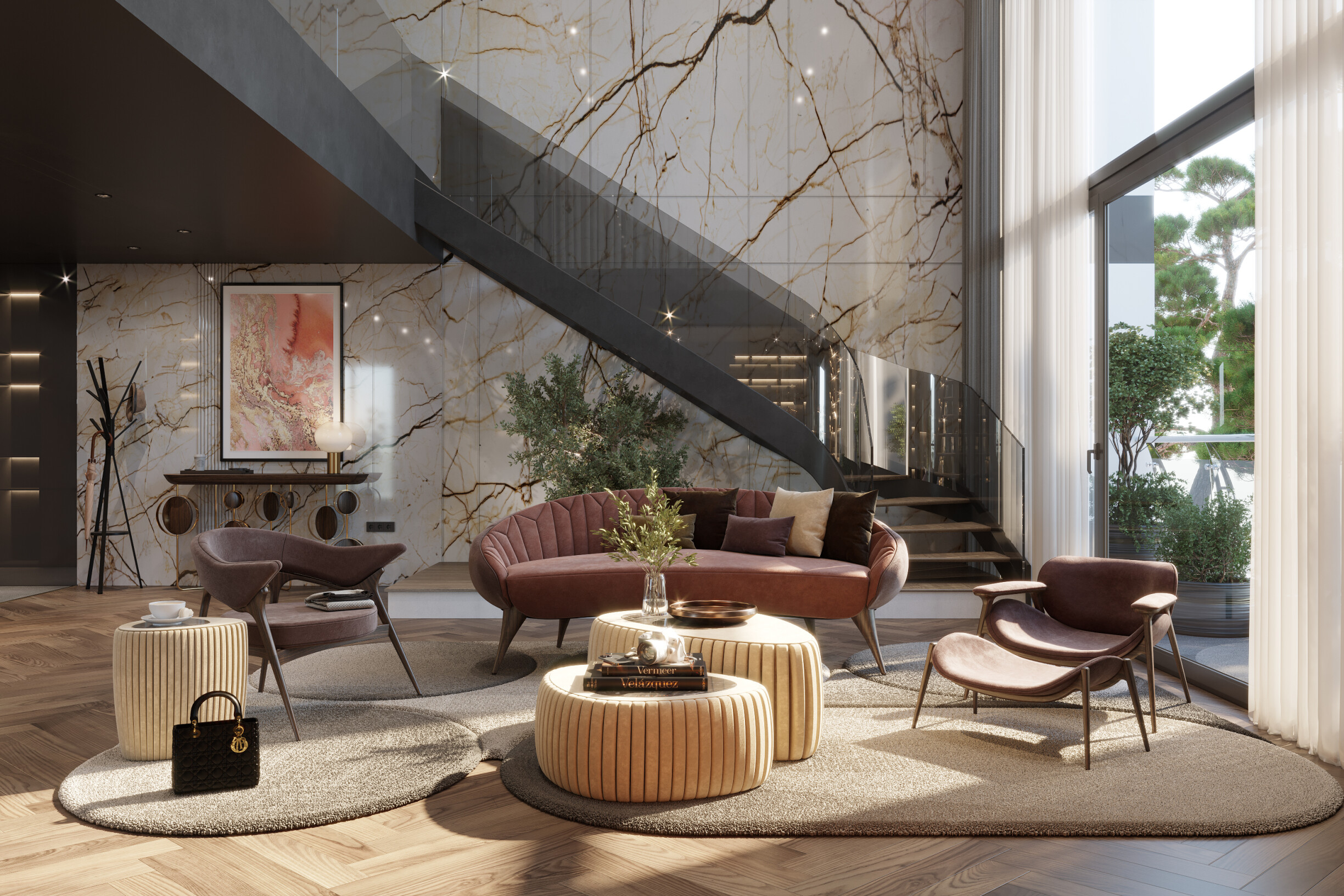Blitz News Digest
Stay updated with the latest trends and insights.
Design Dilemmas: Turning Tiny Spaces into Stylish Sanctuaries
Transform cramped corners into chic retreats! Discover expert tips for stylishly maximizing tiny spaces in our latest blog.
Maximizing Minimalism: 5 Clever Storage Solutions for Small Spaces
In today's fast-paced world, maximizing minimalism has become a key lifestyle choice for those living in small spaces. By embracing a minimalist approach, you can create a serene environment that not only enhances your living experience but also reduces clutter. To make the most of your limited square footage, consider integrating multi-functional furniture such as a storage ottoman or a bed with built-in drawers. These clever solutions help you keep your essentials organized while maintaining a clean aesthetic.
Another effective strategy for maximizing minimalism is to utilize vertical space through smart storage solutions. Install floating shelves to display books or decor items, which not only adds character to your small space but also frees up valuable floor area. Additionally, using under-bed storage containers can be a game changer; they keep seasonal items out of sight yet easily accessible. By implementing these five clever storage solutions, you'll create a more functional and inviting living space that embodies the essence of minimalism.

Color Psychology in Tiny Interiors: How to Choose the Right Palette
Color psychology plays a crucial role in shaping the perception of space, especially in tiny interiors where every inch counts. By understanding how different colors evoke emotions and influence moods, you can create a harmonious atmosphere even in the smallest settings. For instance, lighter shades like pastel blues and soft whites can make a room feel more open and airy, while vibrant hues such as deep reds or bold oranges can add warmth and energy. Consider creating a color palette that incorporates a mix of these tones to balance serenity and vitality in your space.
When choosing the right palette for your tiny interior, it's essential to consider cohesion and contrast. A unified color scheme can make the space feel larger, while strategic pops of color can create focal points that draw the eye. Aim for a palette that includes a dominant color, a secondary accent color, and a couple of neutrals for balance. For example, you might select a soft gray as your base, paired with teal accents and white details. Incorporating textures, such as patterned cushions or painted furniture, can further enhance the visual interest without overwhelming the space.
Tiny Room, Big Impact: Essential Design Tips for Creating Functional Spaces
Creating a functional space in a tiny room requires smart design choices that maximize every square inch. First, consider multi-functional furniture that can serve more than one purpose. For example, a sofa bed is an ideal solution for a living area that can double as a guest room. Additionally, incorporating vertical storage solutions, such as shelves and wall-mounted units, can help keep the floor space clear while providing ample storage options. Don’t forget to utilize under-bed storage for items that aren't frequently used, effectively turning often-overlooked spaces into functional storage.
Another vital aspect of designing a tiny room is the use of color and light. Choosing a light color palette can make the room feel more spacious and airy. Consider painting the walls in soft hues and using mirrors to reflect natural light, which creates the illusion of a larger area. Furthermore, strategic lighting can add warmth and depth to the space. Opt for layered lighting solutions, including ambient, task, and accent lighting, to enhance the room’s functionality while ensuring it remains cozy and inviting. Remember, even a tiny room can have a big impact with the right design elements!